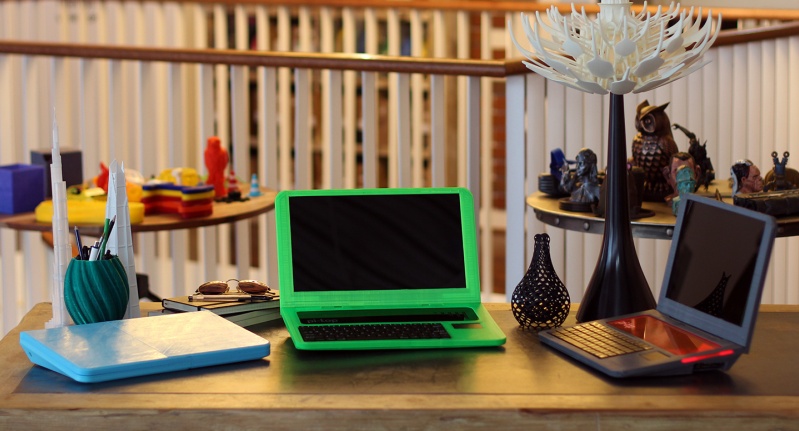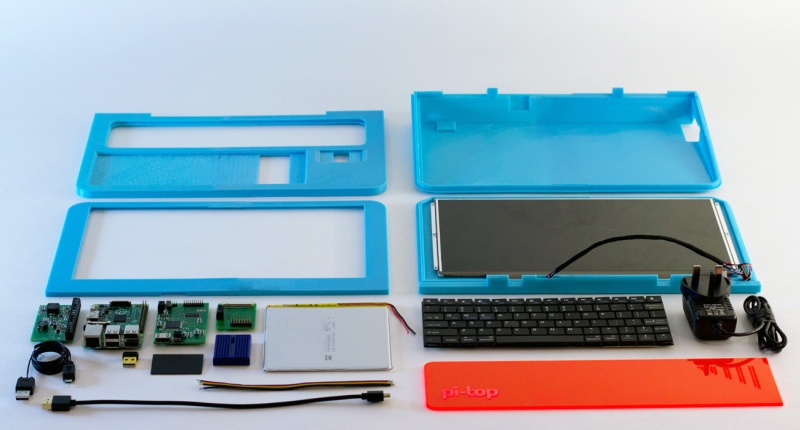MTN South Africa has once again emerged as the country’s top-performing mobile network, securing the highest score in the Q2 2025 MyBroadband Network Quality…
Pi-Top Indiegogo project lets users 3D-print their own Raspberry Pi laptop


It’s mind-boggling considering just how many projects find their foundations in the Raspberry Pi micro-computer. From home-rolled custom media centres to Kickstarter home automation kits, the Pi’s uses are seemingly endless. But until now, no one has really given the Pi its own set of wings yet, making it fully portable. The Pi-Top — a Raspberry Pi-based DIY laptop — is the next stage of Pi crowdfunding frontiers it seems, and one of the coolest gadgets we’ve seen for quite some time.
At US$249, it’s not cheap by any means considering that many laptops can rival it profusely at its price point. Some suggest that a Chromebook would be a better choice, and it would be if you’re looking for an actual laptop to do actual work. But this is not about just buying and walking away. Besides, its just way more awesome — I mean look at it:
Like the Kano we featured on Gearburn last week, the Pi-Top lauds the hackability of the Pi, turning it into the perfect gift for kids just starting out with electronics. So considering that the Pi-Top is batting for those who love tweaking and tinkering, or just starting out with computer building, it’s not a bad place to begin. The developers note on their Indiegogo page:
Pi-Top focuses on teaching people how to create real hardware. Online and integrated lesson plans teach you how to understand electronics, create Printed Circuit Boards, and 3D print objects.
If your tinker finger is twitching (like ours), you’ll get a Raspberry Pi B+ board as the command centre, a funky injection-molded laptop case sporting an array of hues, an HD screen which measures 13.3″, a trackpad, a keyboard and a battery life of around 6-8 hours. Users can also 3D-print their own cases. And of course, other laptoppy things.

The Pi-Top can be put together in a few hours without the need for soldering or a vast knowledge of electronics, and the OS (once the laptop is booted) contains 3D-printing files and a learning suite, which helps beginners understand the workings of the machine or get to grips with a more ambitious 3D-printing project.
Currently the developers are looking for a cool US$80 000, but within the first day of going live, the project has already amassed over half.


